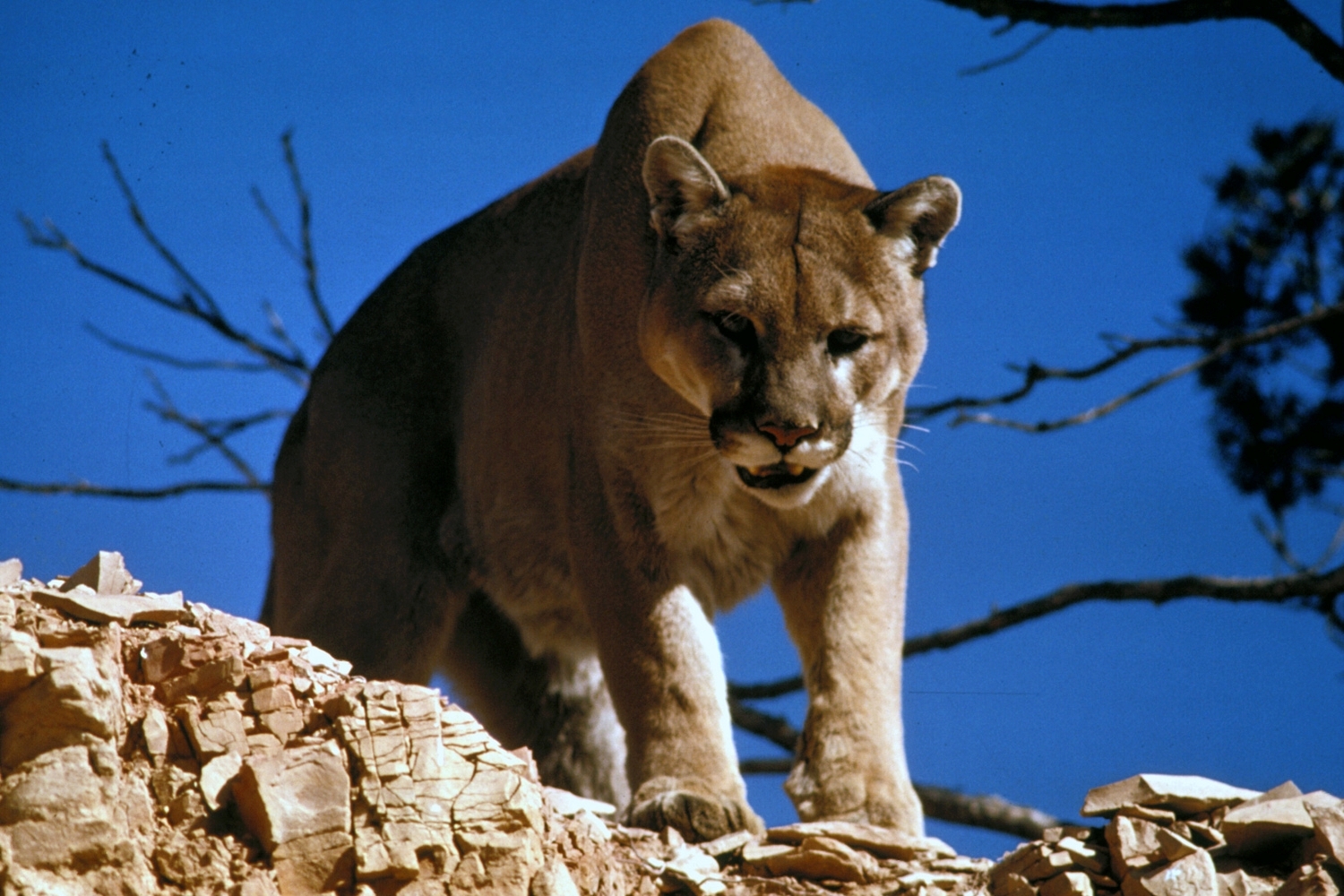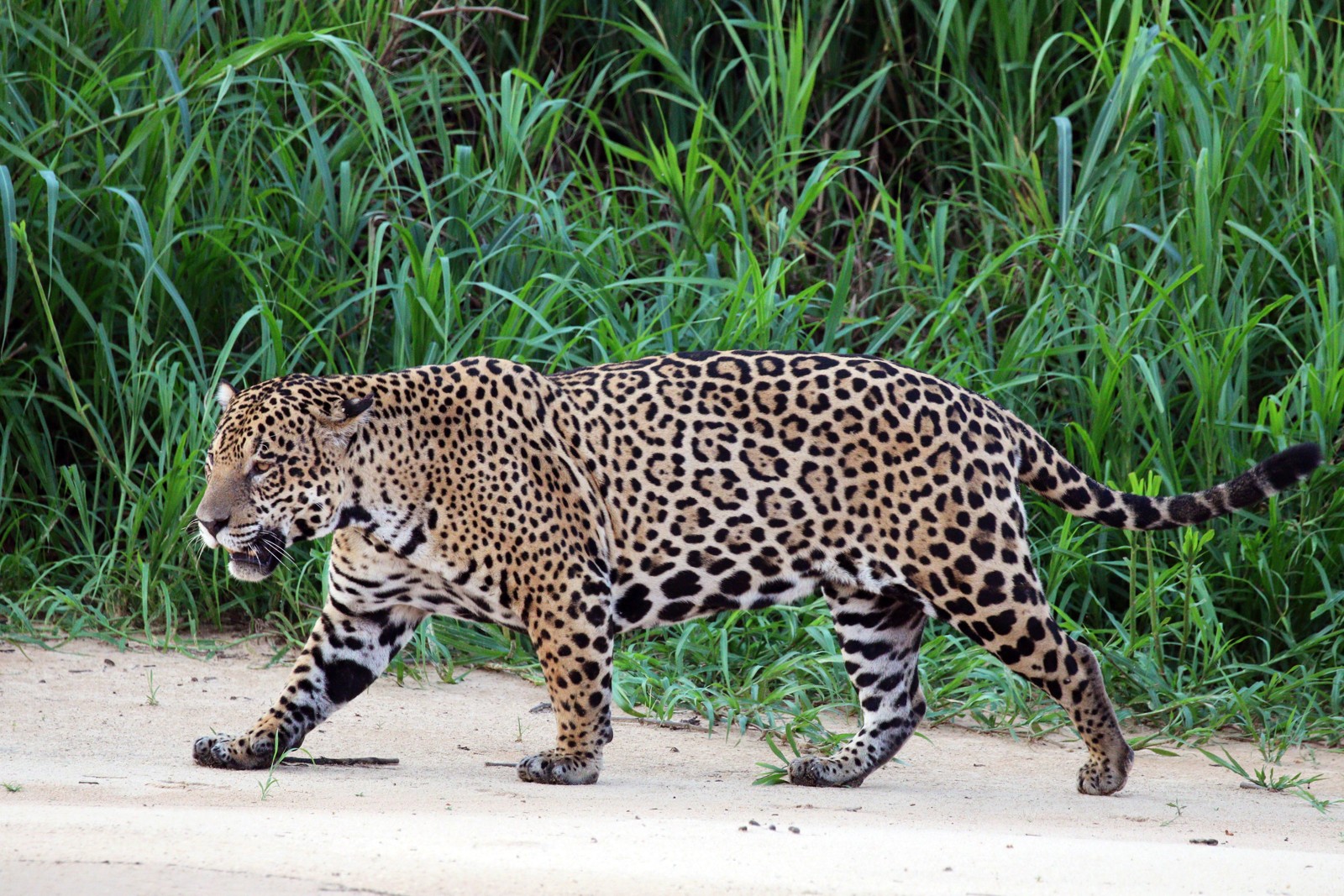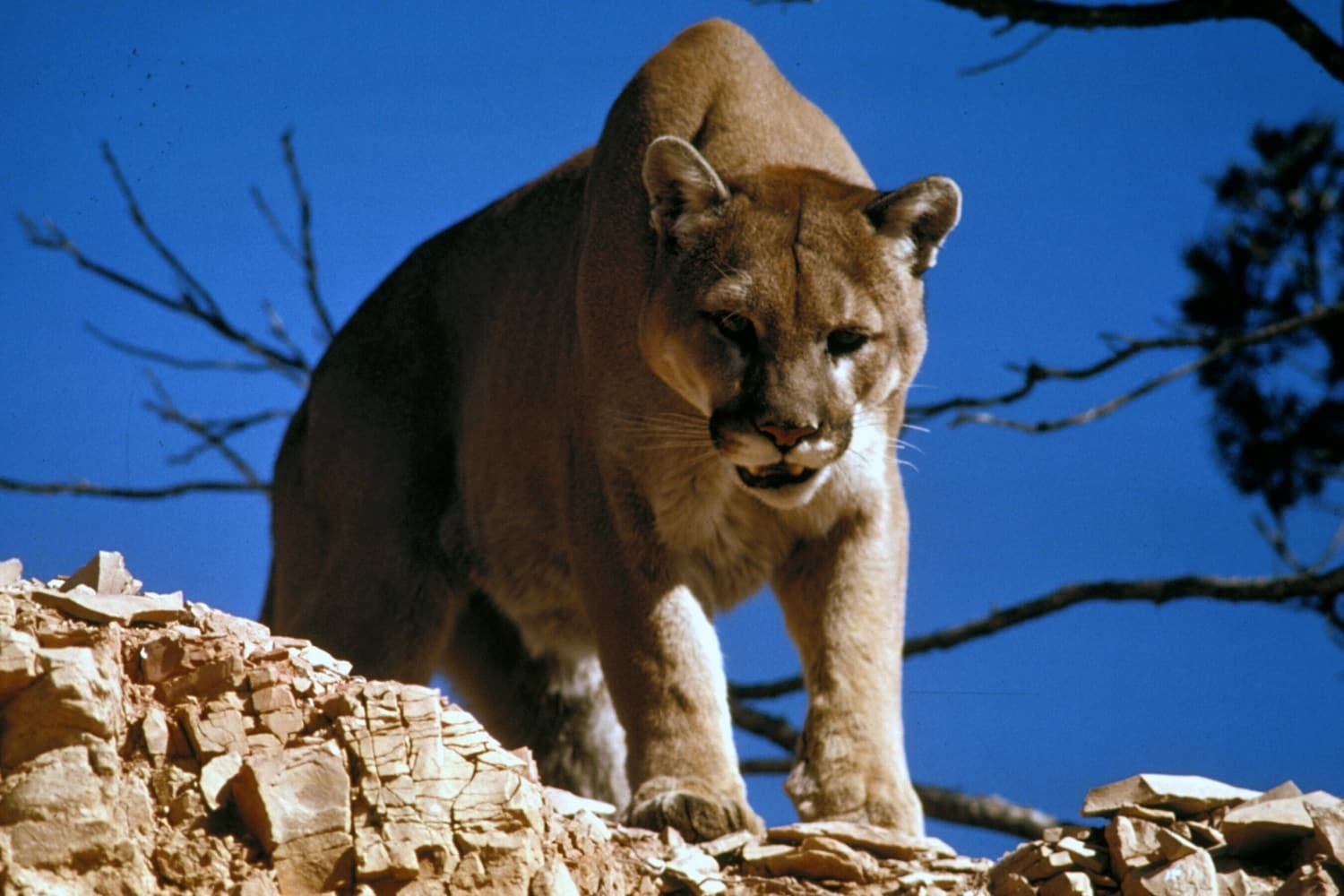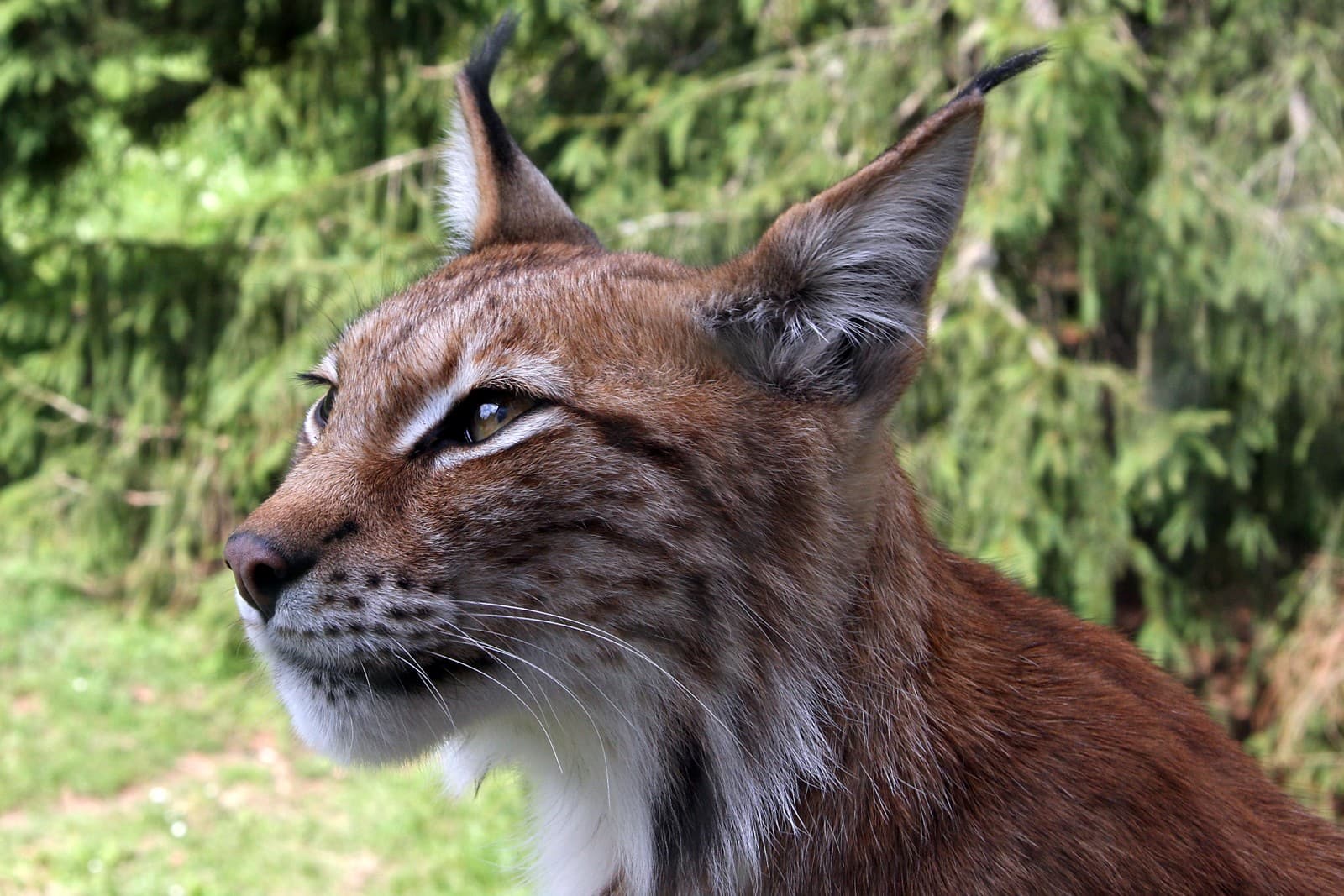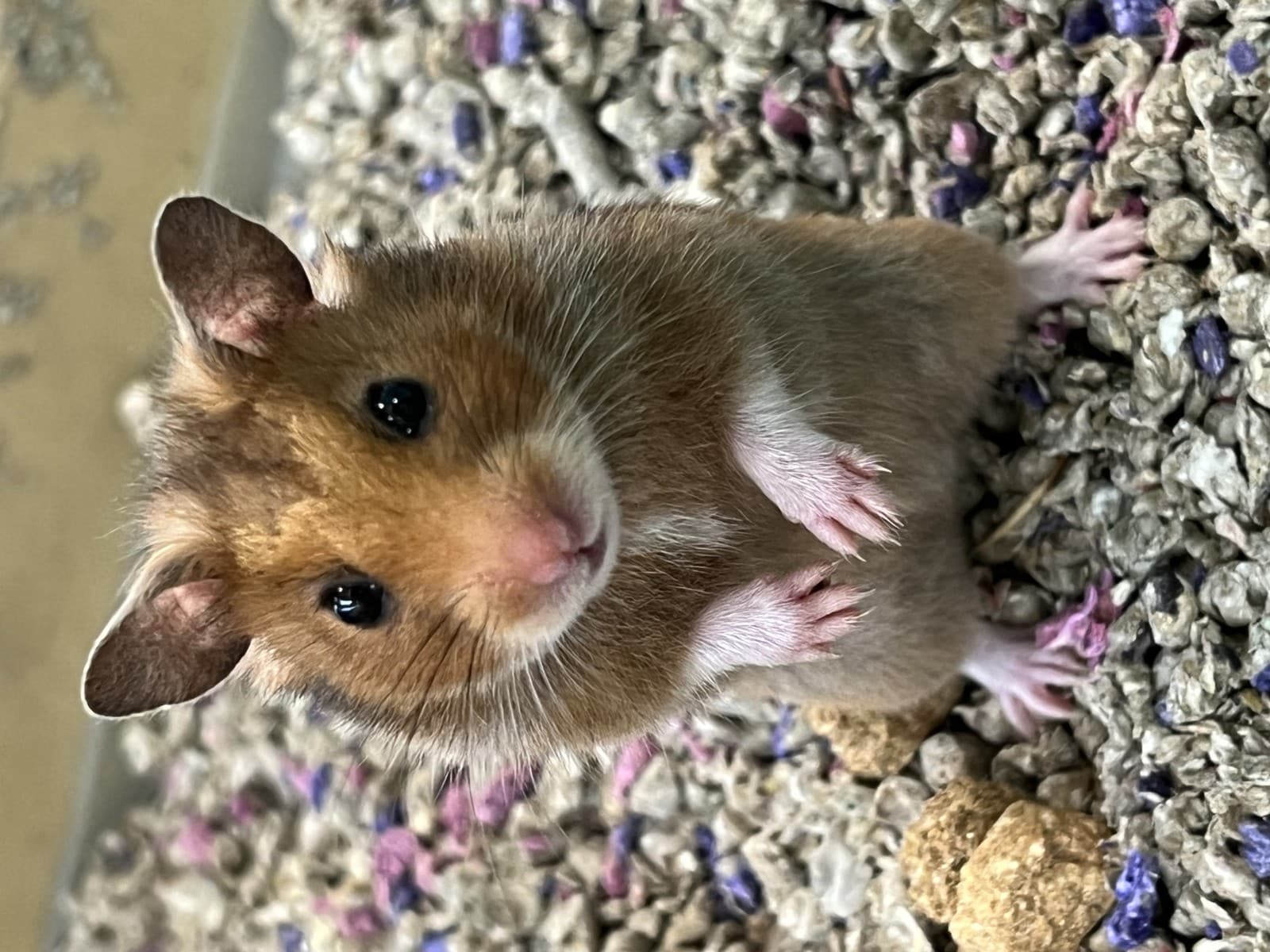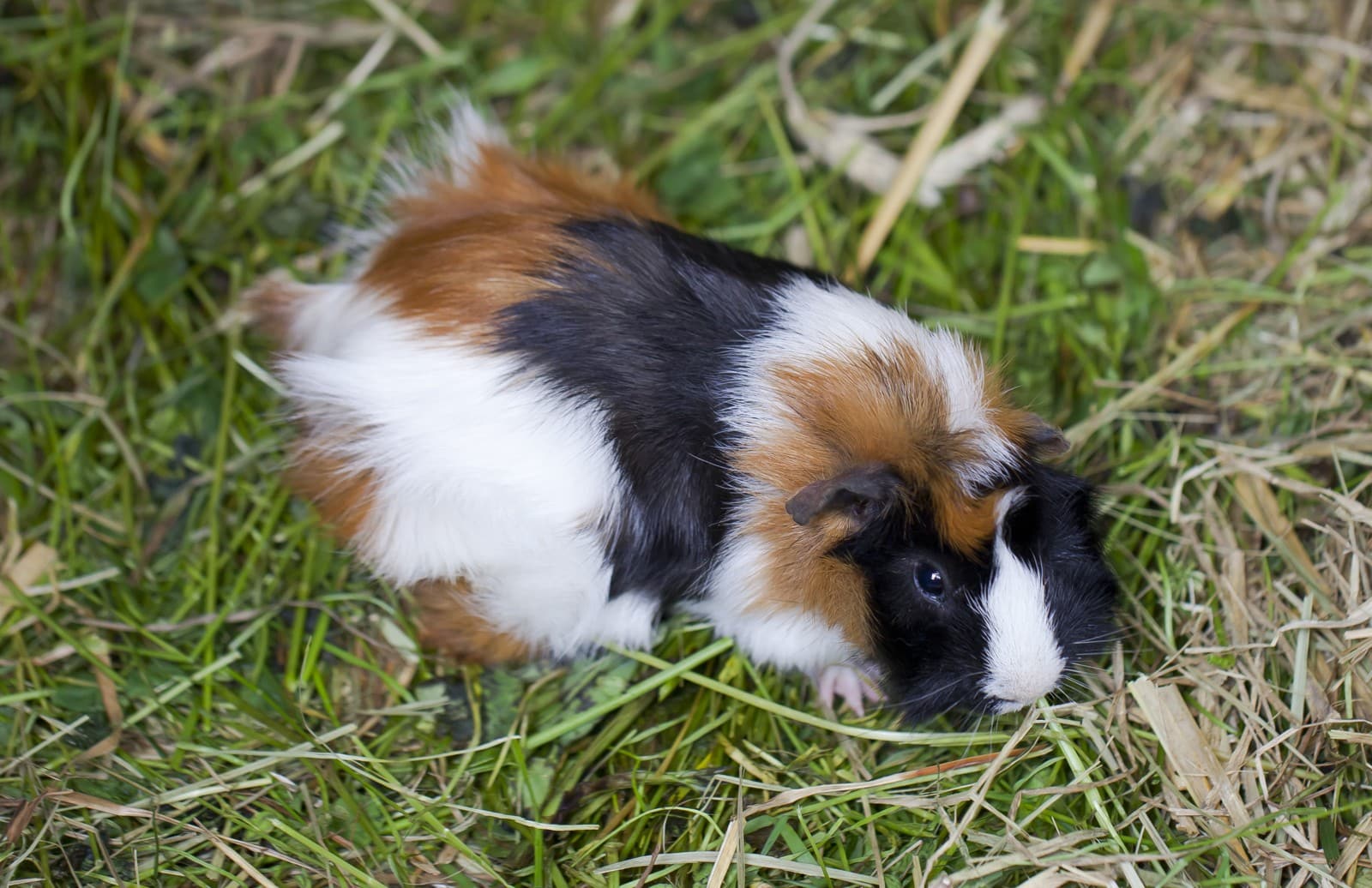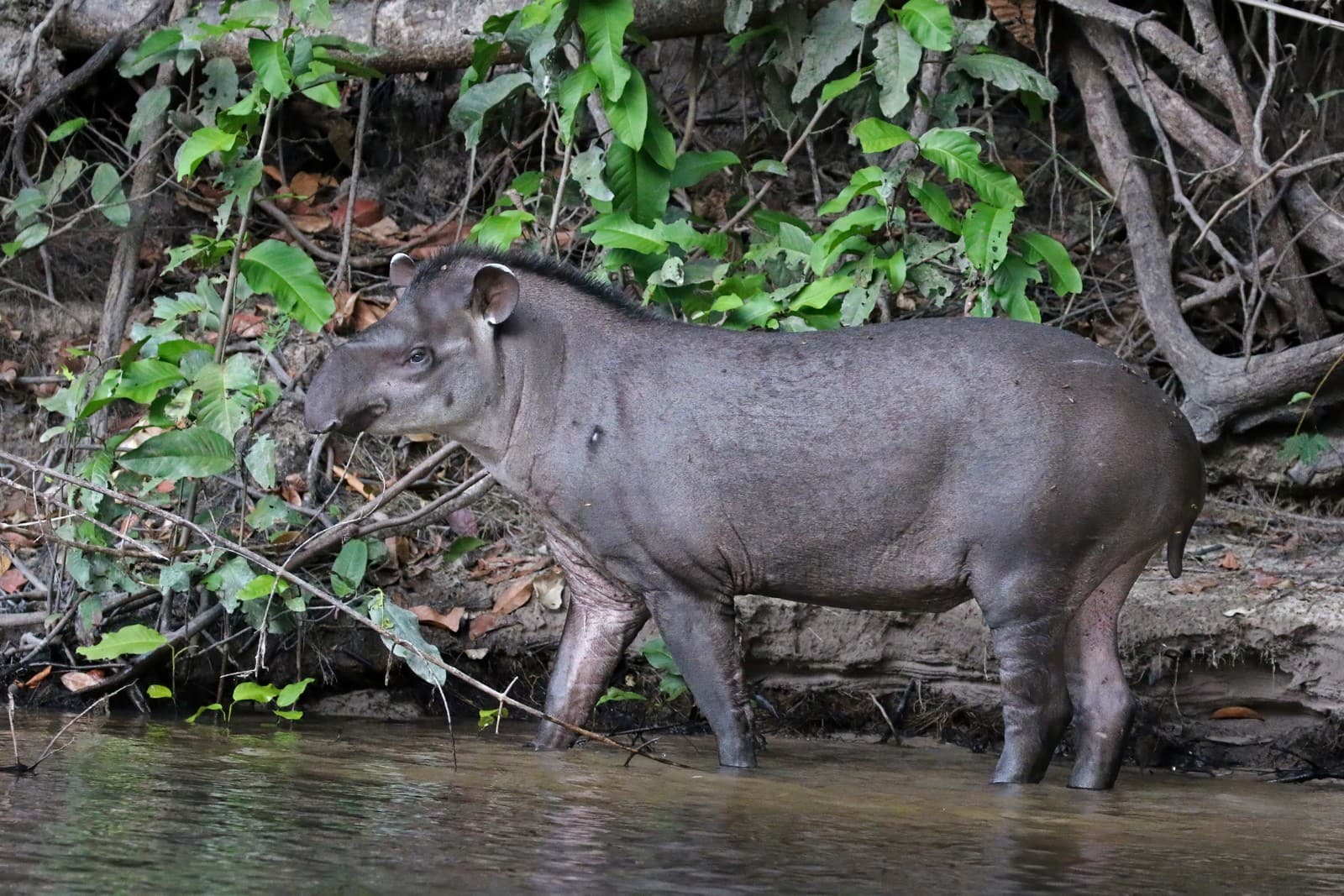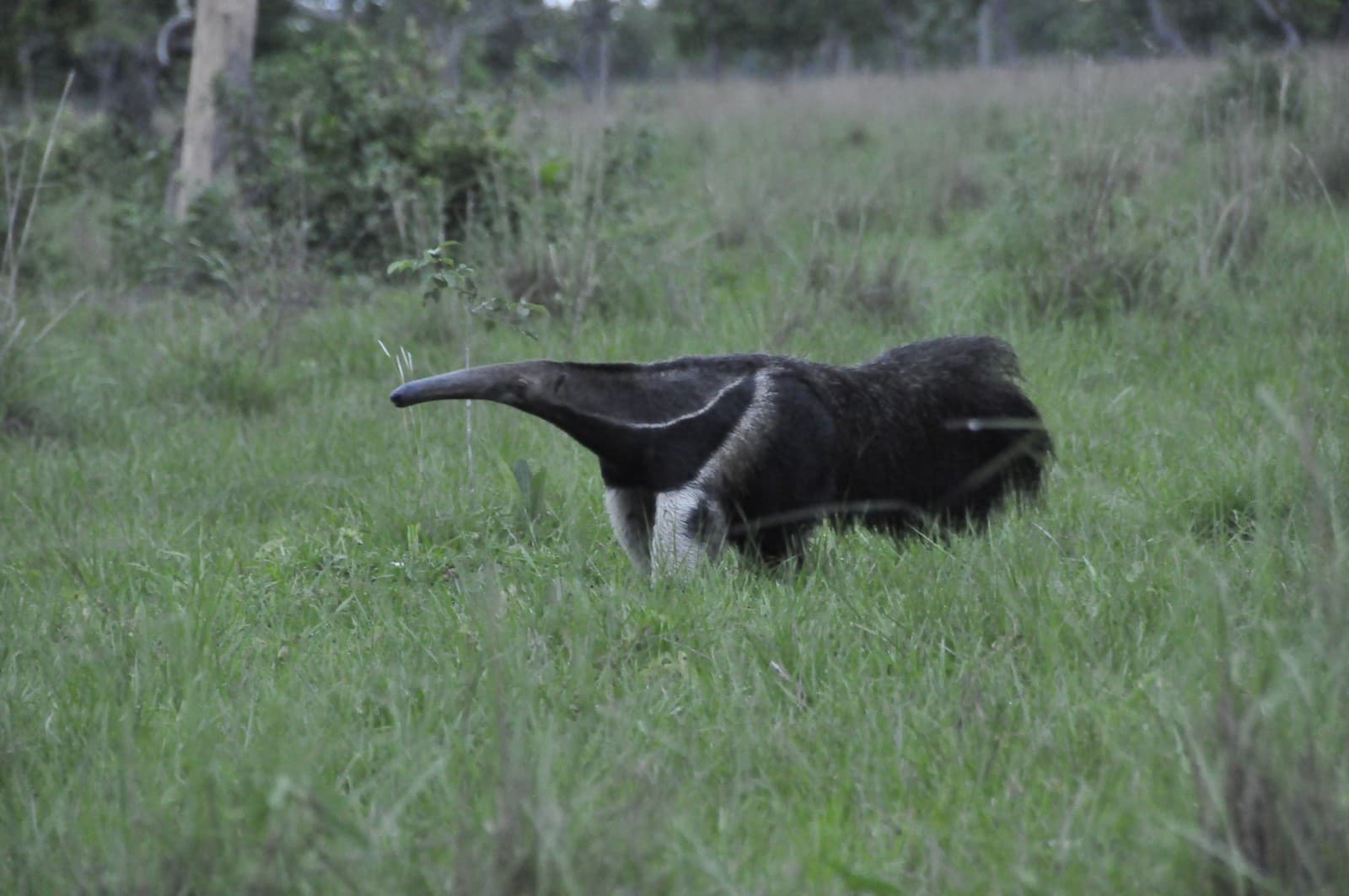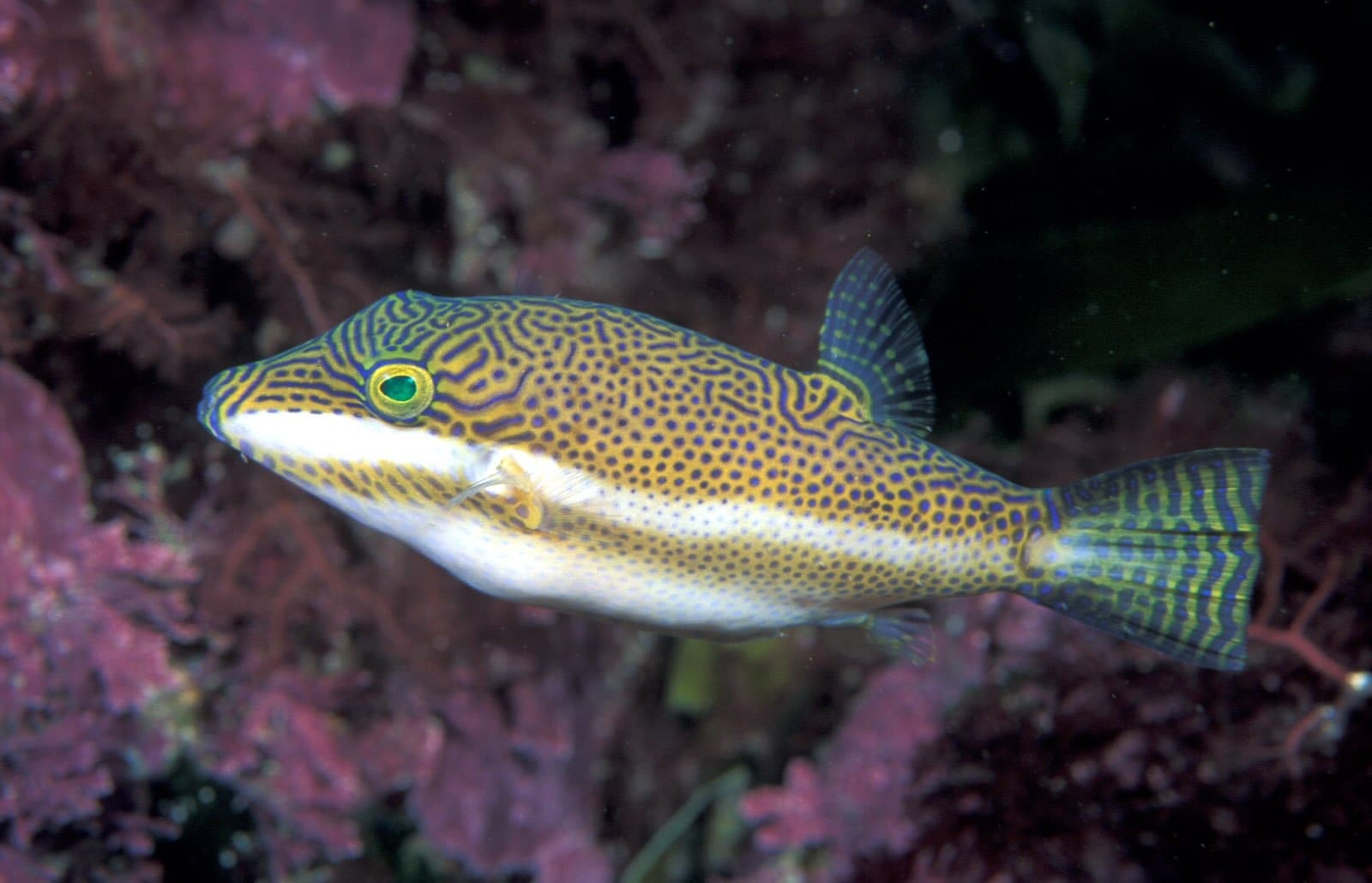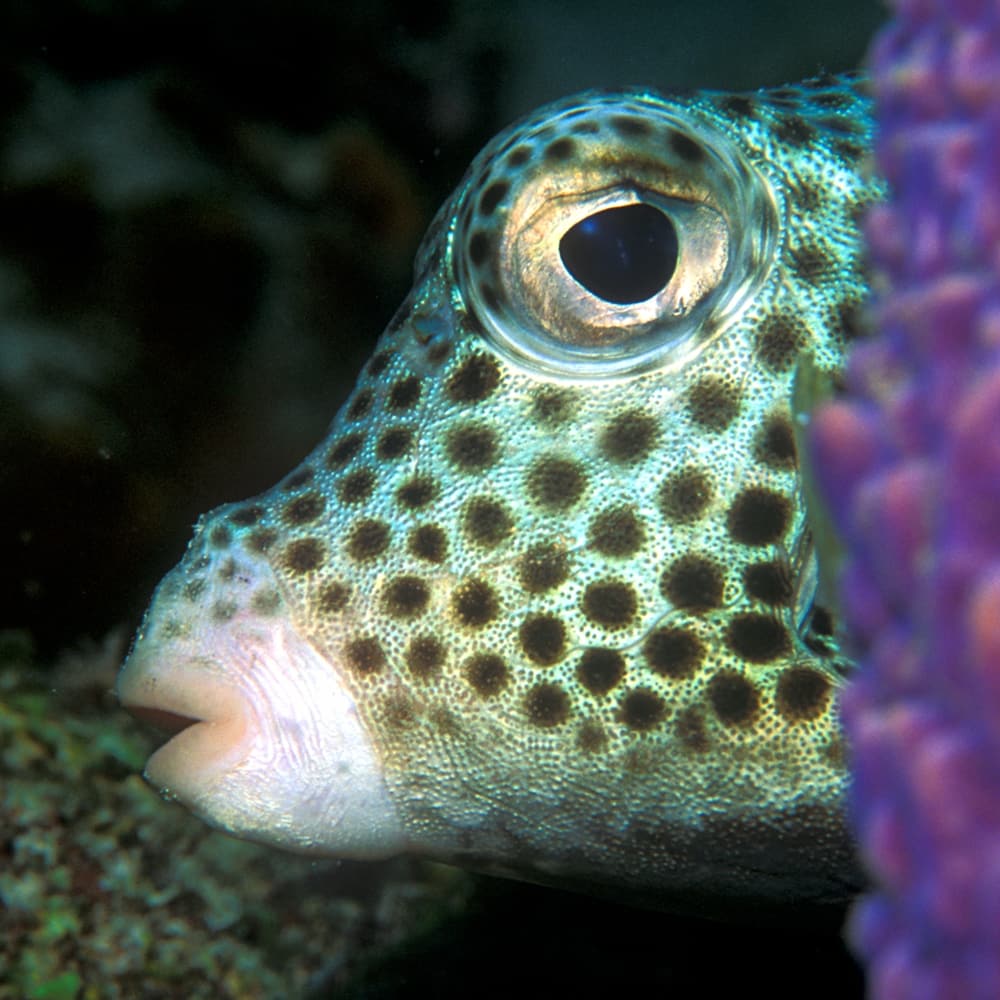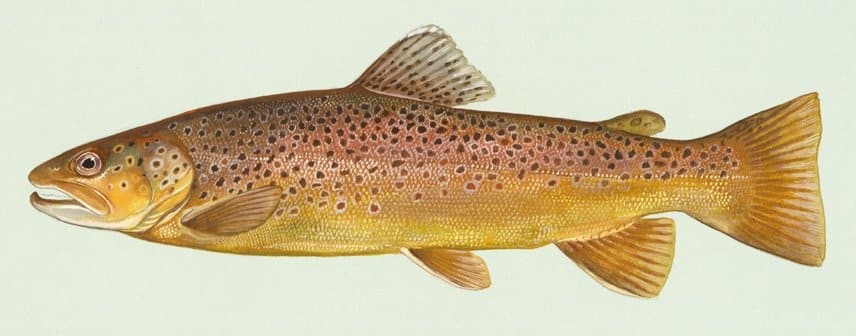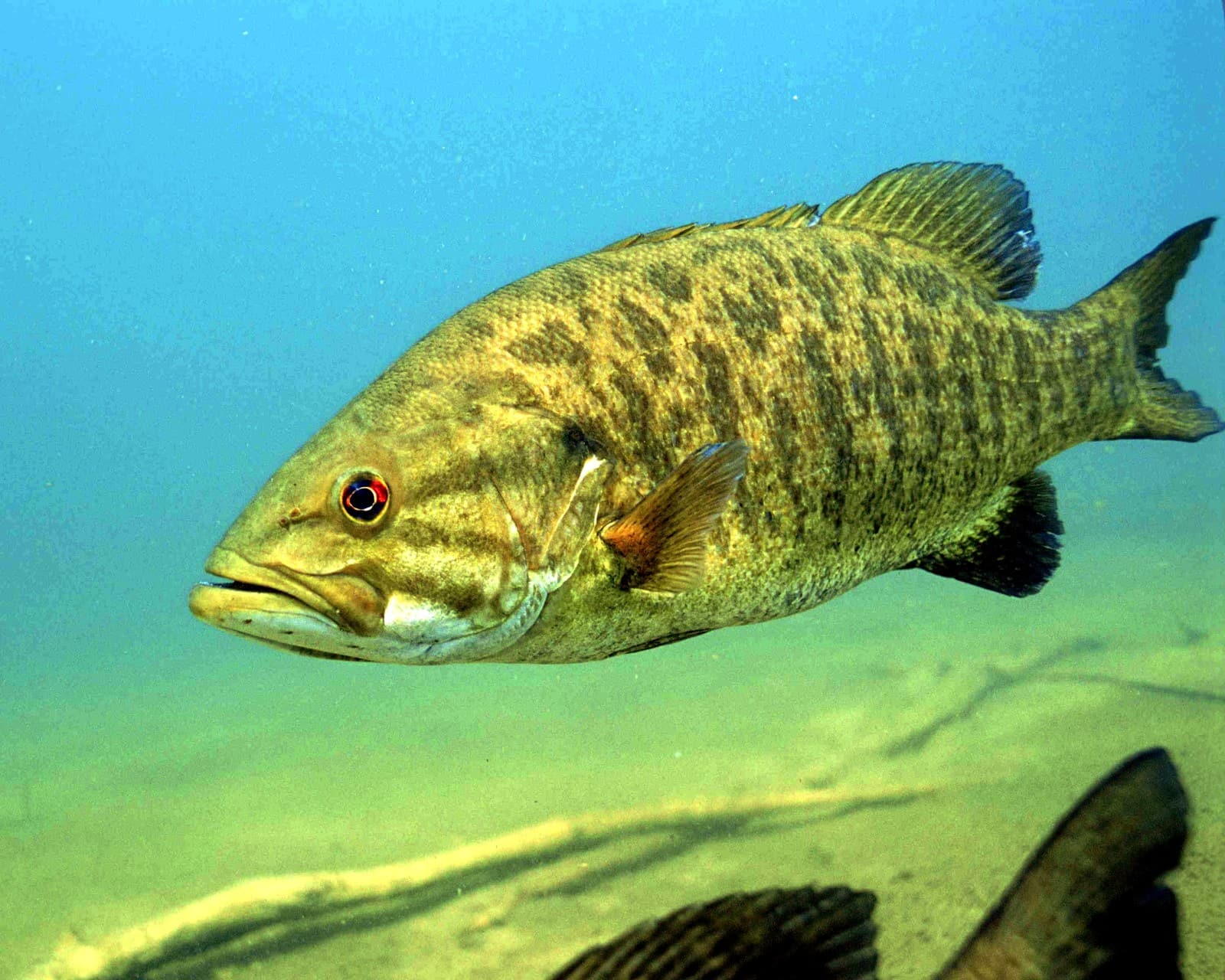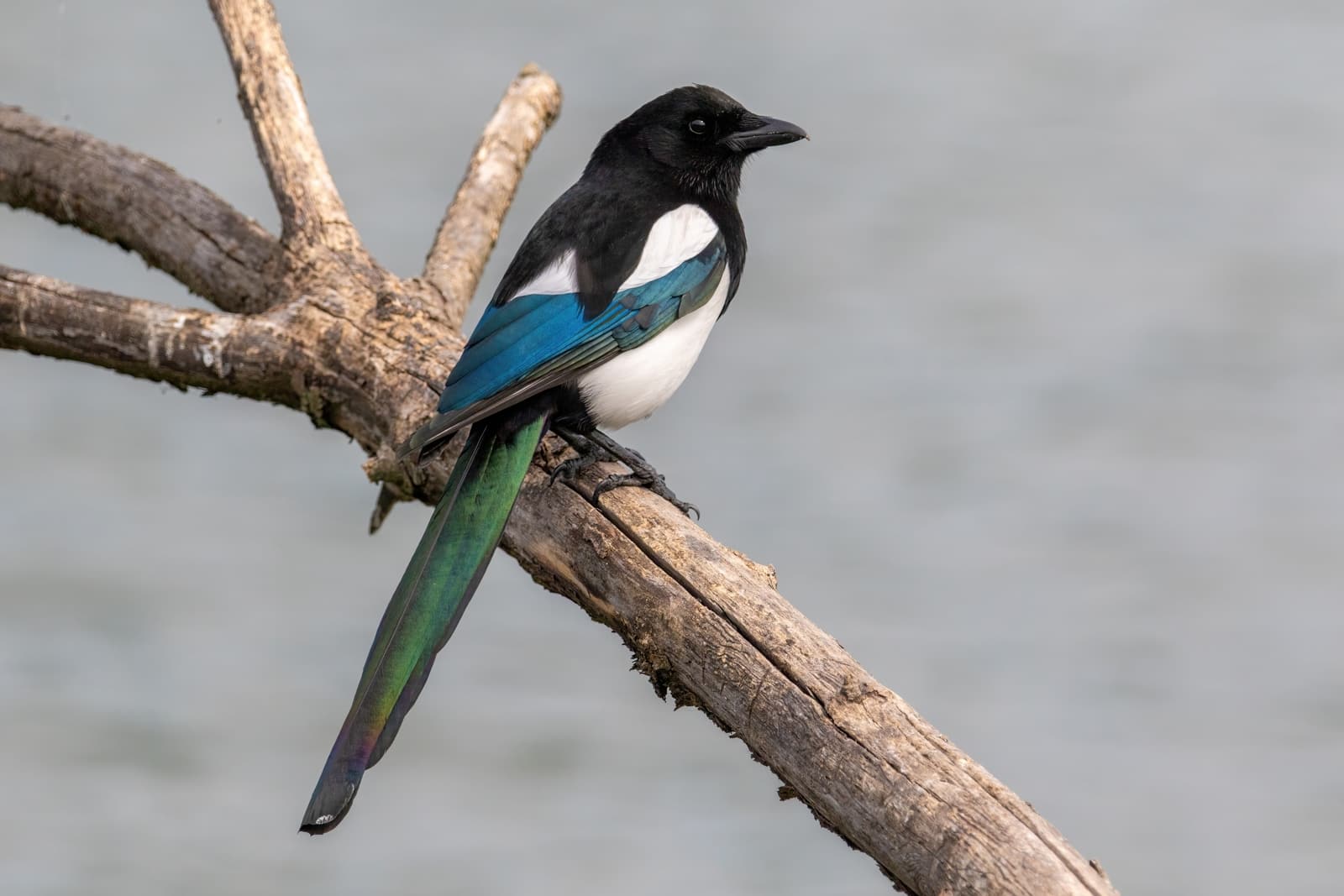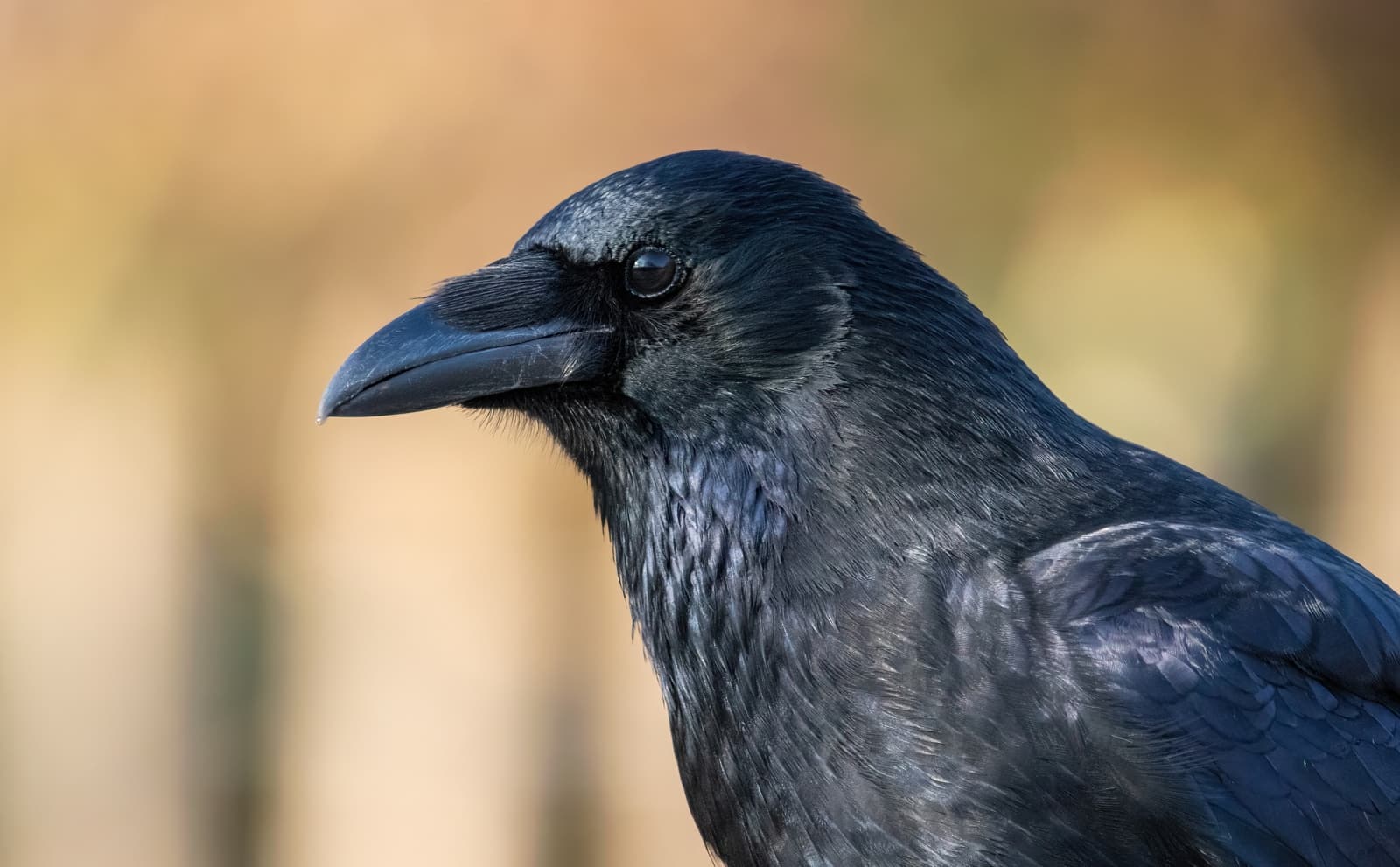Puma vs Cougar: A Complete Comparison
In the debate of Puma vs Cougar, there’s a fascinating revelation: they’re exactly the same animal. Known scientifically as Puma concolor, this remarkable big cat holds the Guinness World Record for the mammal with the most common names, including mountain lion, panther, and catamount. Weighing up to 220 pounds (100 kg) and capable of leaping 40 feet (12 meters) horizontally, this adaptable predator commands respect across the Americas.
The confusion between Puma and Cougar stems from regional naming conventions rather than biological differences. From the snow-covered Yukon to the tip of Patagonia, this species maintains consistent characteristics: a tawny coat, black-tipped tail, and powerful build designed for ambush hunting.
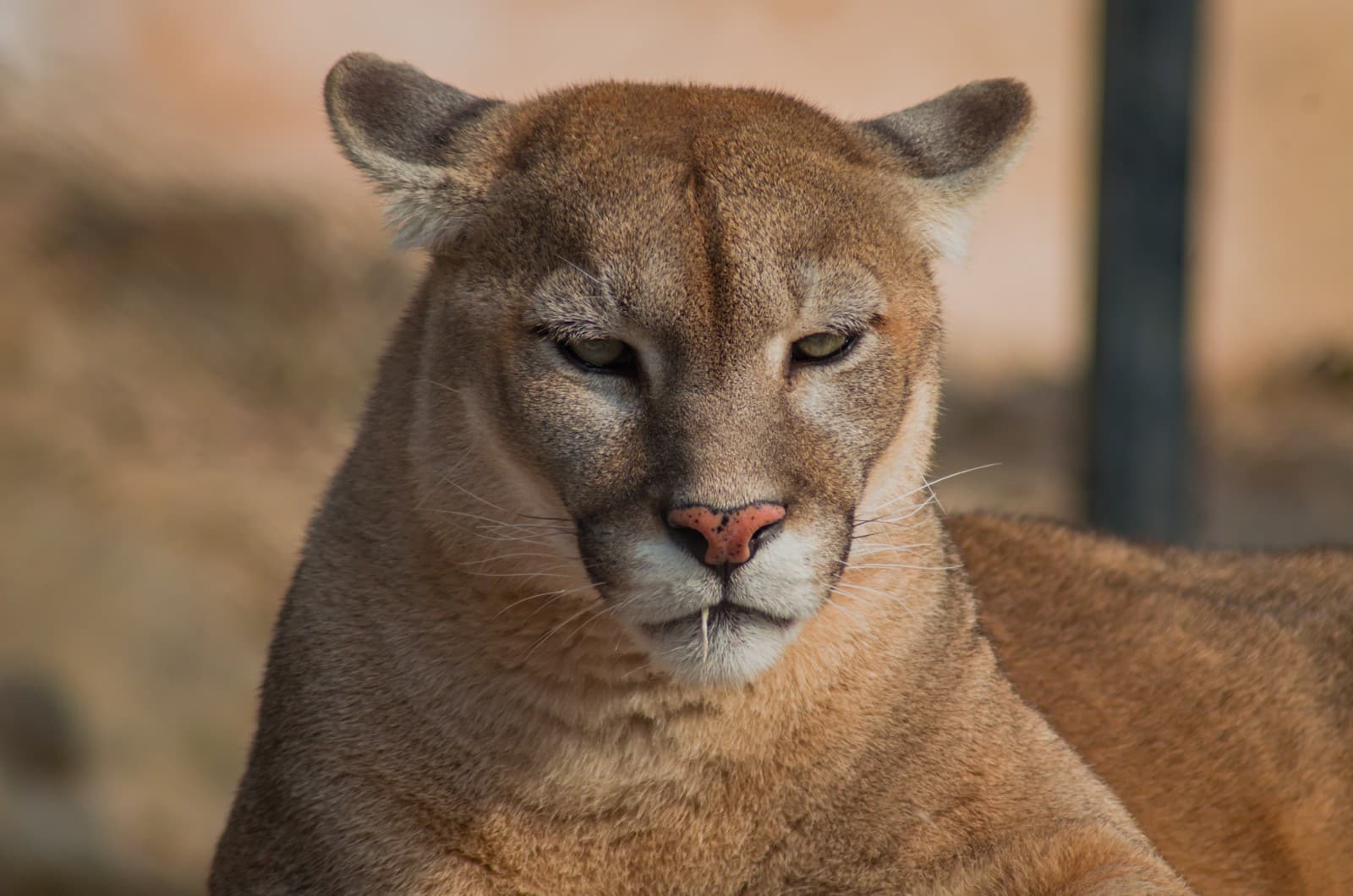
© Shahzaib Damn Cruze / CC BY-SA 4.0
This striking portrait showcases the distinctive features that define both “Puma” and “Cougar” - the same magnificent species displaying its characteristic rounded ears, powerful jaw, and intense predator’s gaze.
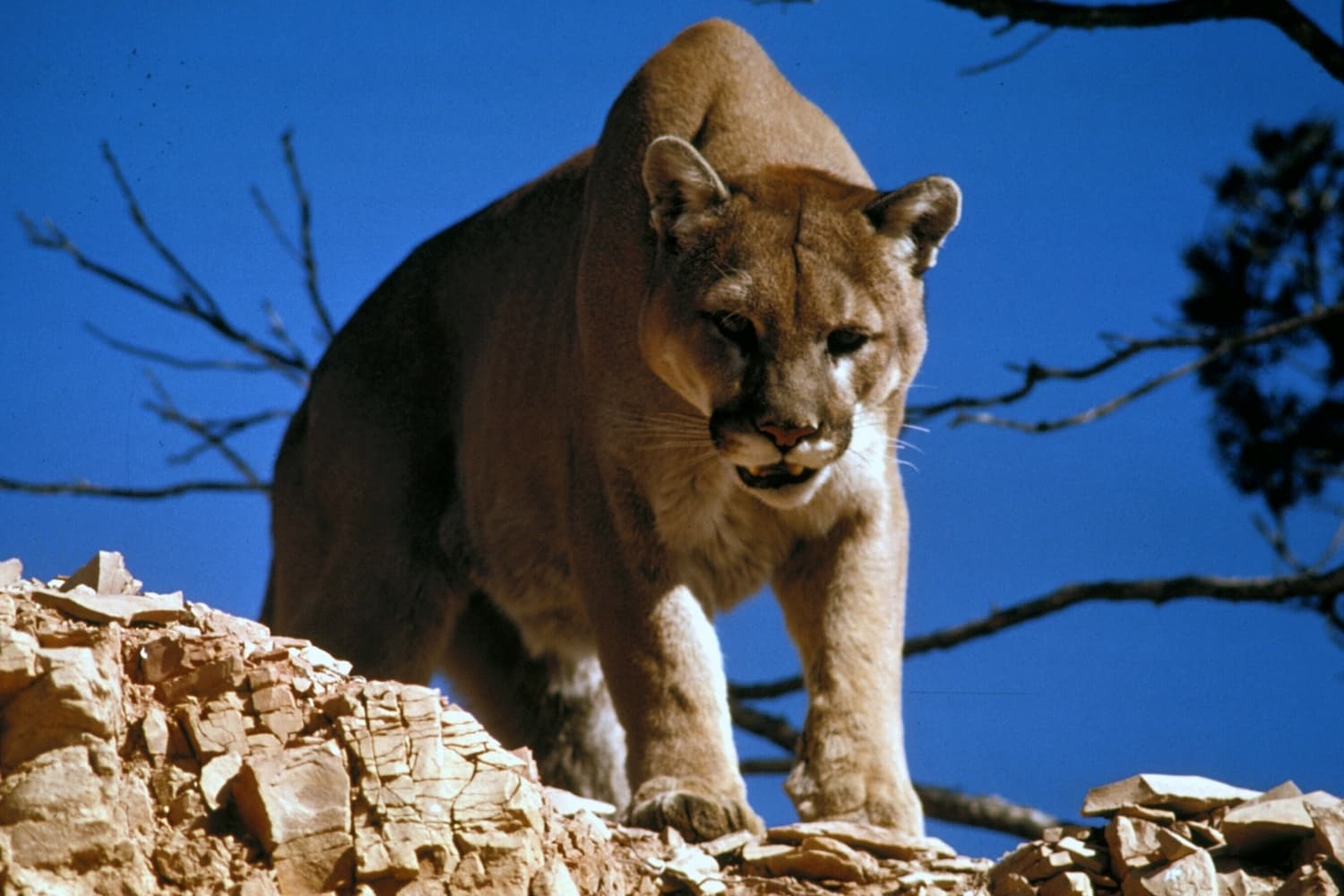
Here we see the same species in its natural habitat, demonstrating the athletic prowess and territorial behavior typical of these apex predators throughout their range.
Common Names and Regional Variations
The terms “Puma” and “Cougar” represent different cultural and linguistic traditions:
| Region | Common Name | Origin |
|---|---|---|
| North America | Cougar | French via Portuguese ‘Çuçuarana’ |
| South America | Puma | Quechua language |
| Eastern U.S. | Panther | Greek ‘Panthera’ |
| Mountain Regions | Mountain Lion | English descriptive |
| Caribbean | Catamount | Short for ‘Cat of the Mountain’ |
Physical Characteristics
Whether called Puma or Cougar, these cats share identical features:
- Length: 5-9 feet (1.5-2.75 meters) including tail
- Weight: Males 115-220 pounds (52-100 kg), Females 64-141 pounds (29-64 kg)
- Speed: Up to 50 mph (80 km/h)
- Lifespan: 8-13 years in wild, up to 20 in captivity
- Jumping ability: 18 feet (5.5 meters) vertical leap
Habitat and Distribution
These adaptable predators inhabit various ecosystems:
- Mountains: Up to 14,000 feet (4,270 meters) elevation
- Forests: Both temperate and tropical
- Deserts: Particularly in southwestern North America
- Grasslands: Throughout their range
- Urban interfaces: Increasingly common
Hunting and Behavior
As solitary ambush predators, they exhibit consistent hunting patterns:
- Primary prey: Deer, elk, and smaller mammals
- Hunting technique: Stalking and powerful leap
- Territory size: 30-125 square miles (78-324 square km)
- Activity pattern: Primarily crepuscular and nocturnal
- Social structure: Solitary except mothers with cubs
Conservation Status
The species faces similar challenges throughout its range:
- IUCN Status: Least Concern
- Population trend: Stable in North America, declining in parts of South America
- Main threats: Habitat loss and human conflict
- Protection status: Varies by region and country
- Recovery efforts: Successful in several U.S. states
Cultural Significance
The Puma/Cougar holds important cultural value:
- Native American traditions: Sacred animal in many tribes
- Modern symbolism: Represents wilderness and strength
- Sports mascots: Popular choice for teams
- Conservation icon: Symbol of wildlife recovery
- Regional identity: Official state animal in several locations
Human Interaction and Safety
Understanding these cats is crucial for coexistence:
- Attacks on humans: Rare but possible
- Prevention: Make noise while hiking
- Pet protection: Keep pets indoors at dawn/dusk
- Property measures: Motion-activated lights
- Reporting: Contact local wildlife authorities if spotted
Whether you call it a Puma or Cougar, this remarkable species continues to captivate researchers and nature enthusiasts alike. Their ability to adapt and survive across such diverse landscapes makes them one of the most successful native cat species in the Americas.
